Decorative grass - application in landscape design and selection of cereals (95 photos)
A country or personal plot of land in the modern sense implies only agricultural use, it is also a place of recreation and entertainment, which requires proper registration. And in landscape design it is impossible to do without decorative grass, cultivated species of which number hundreds of varieties.
In addition to standard green lawn carpets, it is used to decorate flower clubs, borders, alpine slides and rockeries.
Types of Ornamental Grasses
A diverse family of ornamental herbs allows you to create multi-level and multi-color compositions. They are not whimsical, grow quickly, are not capricious when combined with other types of plants. Their seasonal transformations from grass carpet to original inflorescences, and then into snow-covered waves delight the eye throughout the year.
Picturesque compositions in the photo, consisting entirely of ornamental herbs, make us re-evaluate this type of plants for creative experiments.
Rockery is a derivative of a rocky plain, a memory of mountain meadows. Stones in the creation and design of rockeries play a very important role, both large boulders, peaked piles, and gravel filling of medium and small fractions.
Plants for rockeries should choose dwarf, stunted, slowly growing, creeping and weaving. An indispensable attribute of any rockery are dwarf conifers, junipers.

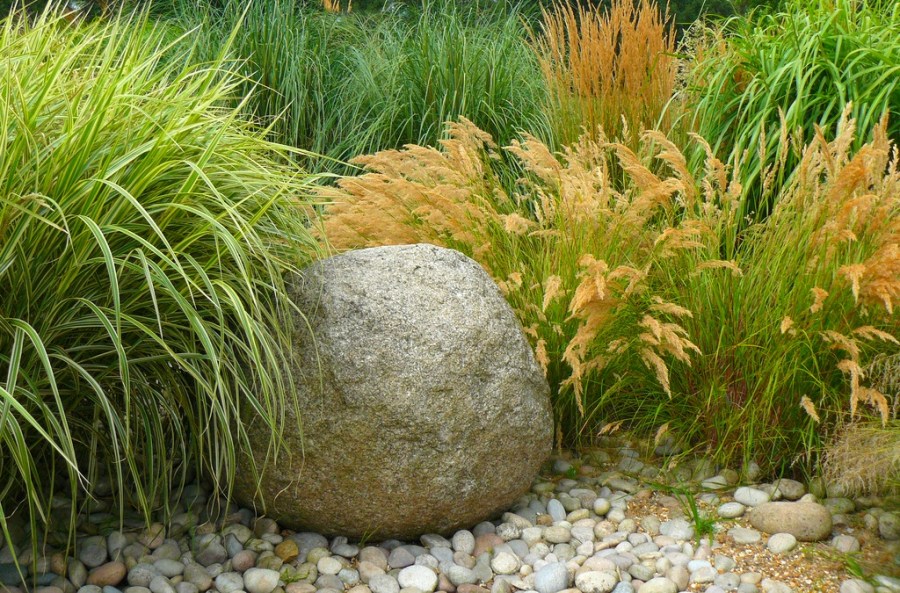

Watch the video: Ornamental cereals in the garden and in the country
Here, their role is not limited to filling empty spaces and framing spectacular colors, they come to the fore, striking with original natural energy and a riot of colors.
The names of many ornamental herbs refer to their appearance.
Barley
Maned barley forms dense picturesque bushes and is used mainly for decoration of borders. This is a long-term culture, but it does not withstand severe frosts, and in some climatic zones it is necessary to carry out annual sowing.
Hare tail
The hare is one of the few cereals intended for partial shade cultivation. Its green leaves with silver tint and fluffy inflorescences combine well with bright colors. An interesting effect is obtained on mixed flower-cereal flower beds.
Blue Fescue
Blue fescue - frost-resistant cereal. The original bluish color of this cereal in combination with needle leaves creates an irresistible effect of airiness.
It looks good both on borders, and in flower and stone compositions, but for a beautiful view it needs the sun.
Cirrus bristle
Shaggy cinnamon - perennial with white, pink or purple panicles and ribbon leaves. This is another thermophilic plant, which is grown in the middle lane as an annual plant. It can be used in alpine hills and rocky gardens.
Feathers fluffy cloud
Feathery fluffy cloud is a steppe unpretentious plant, which, when overgrown, turns into original silky bushes, during flowering, the tips of the bush turn pink or golden.
Another unusually beautiful cultivated feather grass cultivar - “beautiful”, has the thinnest stems covered with a transparent fluff.
Bulavanosets
Dense, as if bristling bushes of a gray-headed mace, are ideally suited for the design of borders 20-30 cm high.This photophilous and rapidly growing groundcover plant survives well in the sandy soils of the middle strip.
Ophiopogon Nigrescens
Ophiopogon Nigrescens, a favorite of exotic lovers, grass with black leaves, pink flowers and blue-black berries can be a spectacular addition to exotic lawns, rockeries and alpine slides.
An ophiopogon variety called Japanese with bright blue berries is no less picturesque. This plant does not need winter shelter, is not afraid of temperature and wind differences, but requires maintaining air humidity and regular watering.
Fox's tail
The fox tail (or short-haired reed) is a bright ornamental cereal, with stalks curved downward and needs regular watering. It is fashionable to grow both in the sun and in partial shade. It can reach a height of more than a meter, needs watering and is used in the design of multi-level flower beds.
Wild oats
Wild oats, or broad-leaved hasmantium with enough sun and moisture, also grows to a height of a meter. The main difference of the botanical species is flat inflorescences of the correct form hung on a thin stalk.
Lightning blue
Lightning blue is another tall cereal with blue leaves and blue-violet panicles. She also needs moisture, plants with flowers with a similar mode for growth, or decorates the edges of artificial ponds.
The Miscanthus family deserves special attention. These giant-sized cereals with an upright stem have many varieties that differ in color and shape. This photophilous and hygrophilous plant with a height of 80 cm to 3 m, needs protection from frost.
Used in mixborders, for decorating ponds, luxurious bushes of Chinese and saxiferous Miscanthus can become an exquisite decoration of green lawns.
Features of selection
In order to choose the right decorative grass for the garden, you need to focus not only on the performance characteristics - the need for moisture, light and soil composition, but also periods of their active growth. Ornamental herbs changing color, appear in at least three forms during the year.
It is also important to take into account the growth rate of herbs. In some cases, early preparation of seedlings in containers will be required, in others it will be necessary to take measures against excessive proliferation. Depending on the decorative effects, they can be used as the main background of floral arrangements, or as a substitute for flowers.
Lawn grass is considered to be the most popular landscape decoration, but regular maintenance is necessary to maintain its conditioning characteristics. The complexity of the content led to the creation of artificial decorative grass, which is used for lawns and playgrounds.
In some cases, lawn grass can be replaced by ground cover or curly ornamental grasses, which will protect the soil from winds and drying out, and become a natural filler for empty spaces, in the transitions between flower beds and other zonal elements on the site.
When sowing ornamental cereal crops, one must take into account that the distance between plants should be equal to the average height of this variety.With a more frequent landing, thinning will be necessary. Rapidly growing varieties can be limited to the construction grid.
Ornamental grasses do not need fertilizers; enriching the soil with nutrients can lead to their overgrowth.
Perennial decorative grass will greatly facilitate the course of the plot in the country. In late autumn, grass can be cut, waiting for the next spring young growth in the same place. Another option is spring pruning of dried inflorescences and leaves.
Some types of non-frost-resistant ornamental herbs can overwinter in pots and containers. You can also prepare seedlings from early spring, especially in cases where a few bushes are designed to decorate alpine slides or flower beds.
Grass for the garden can become not only a decoration, but also a green first-aid kit. Many decorative species have healing properties. Another useful application can be the cultivation of herbs that fill the garden with aroma and are useful in culinary experiments.
Dried cereals are used in Ekibans, applications and other crafts for interior decoration.
Photo of decorative grass
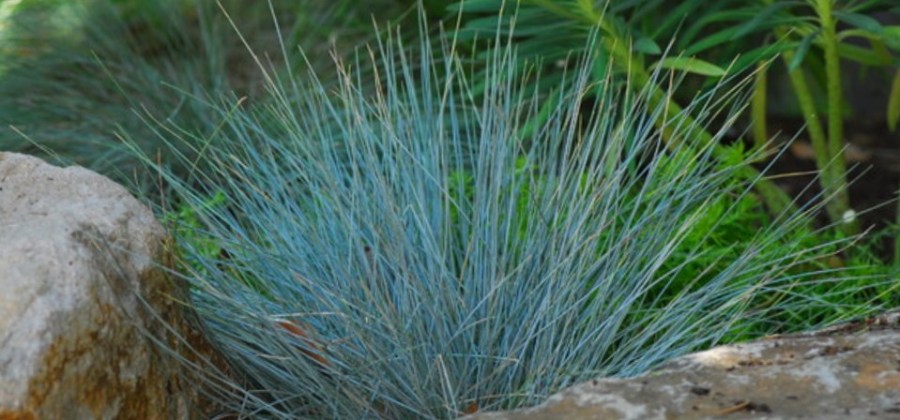
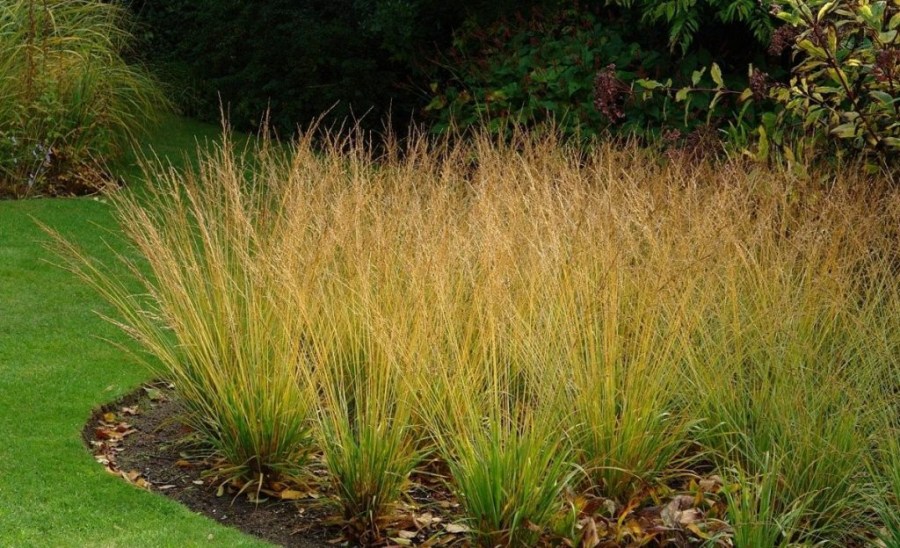
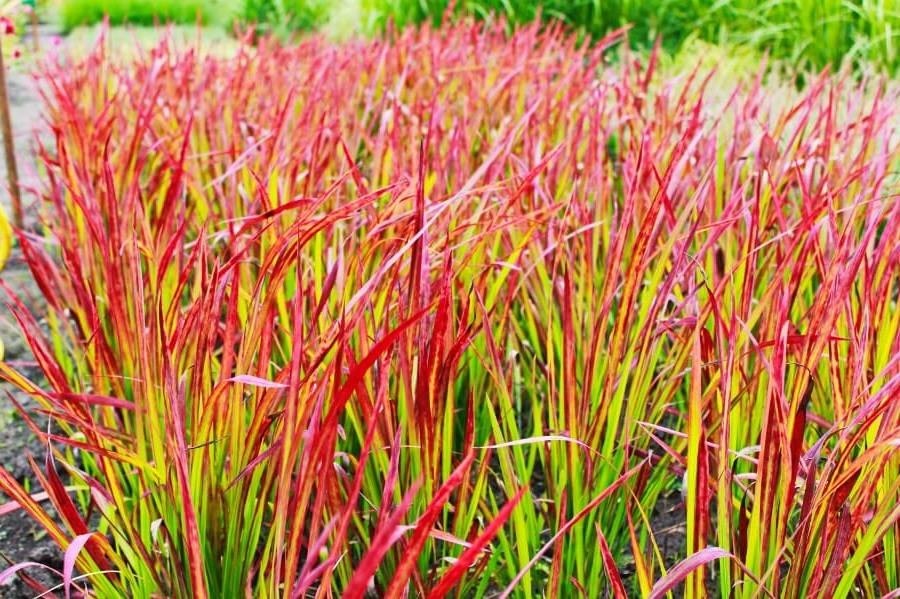
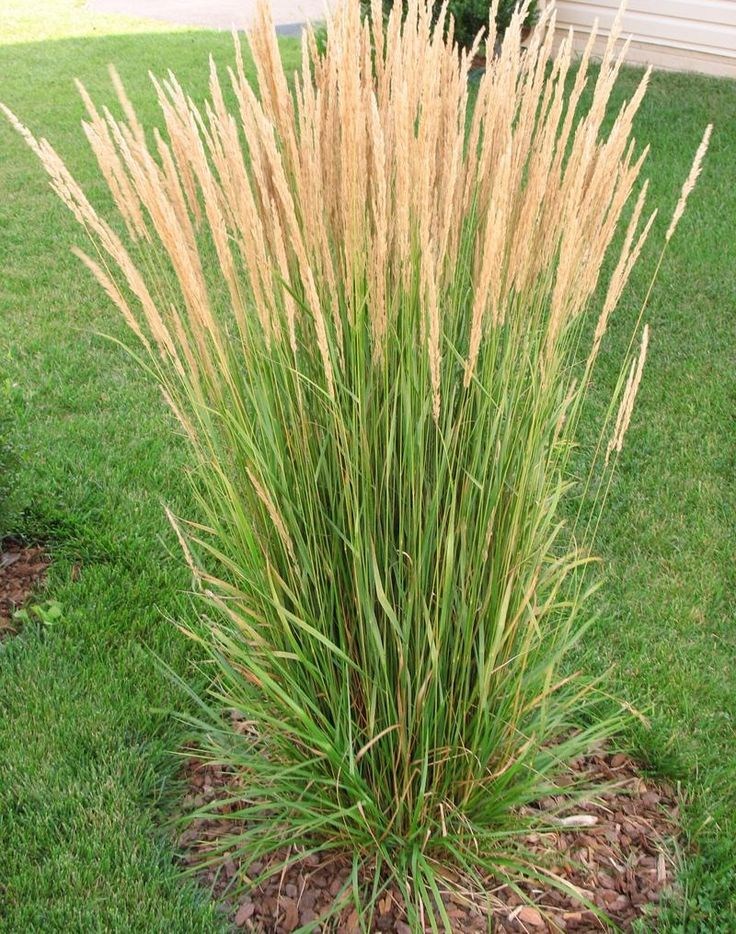
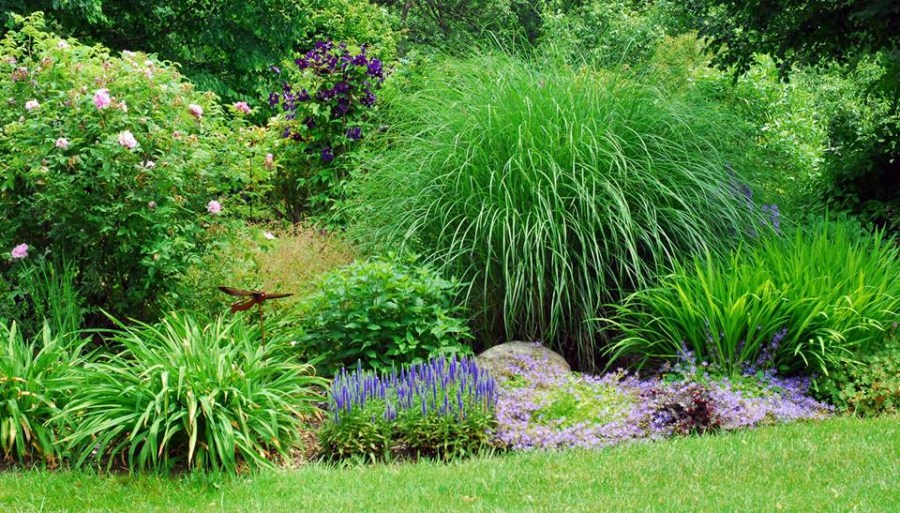
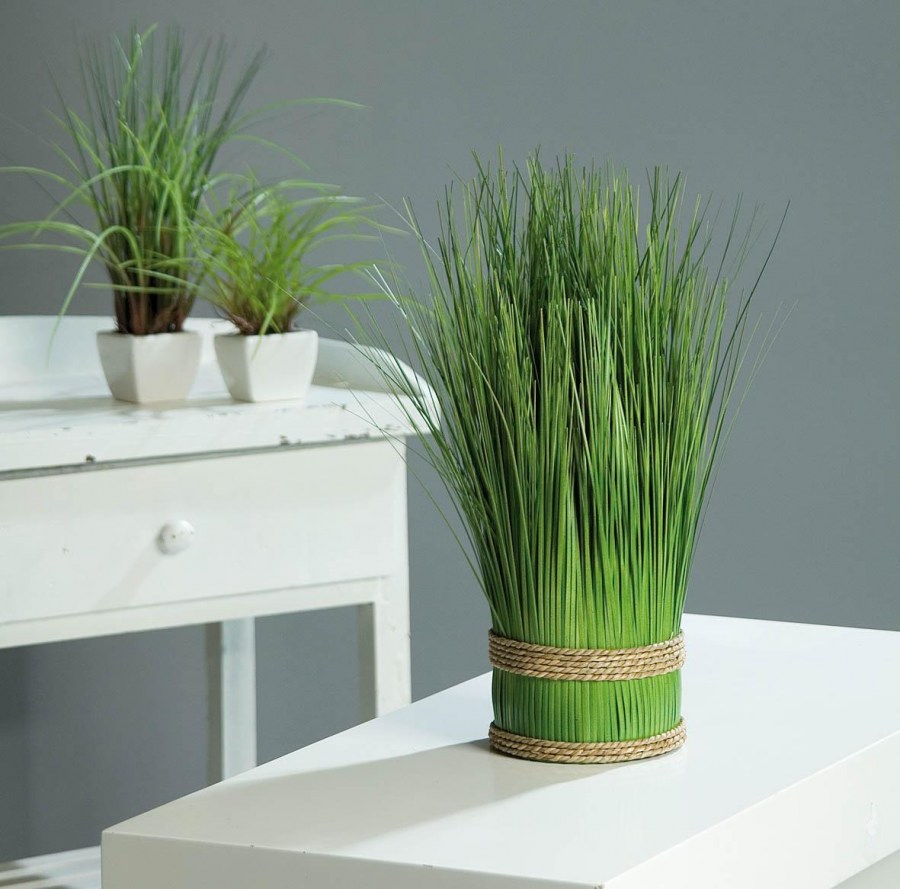
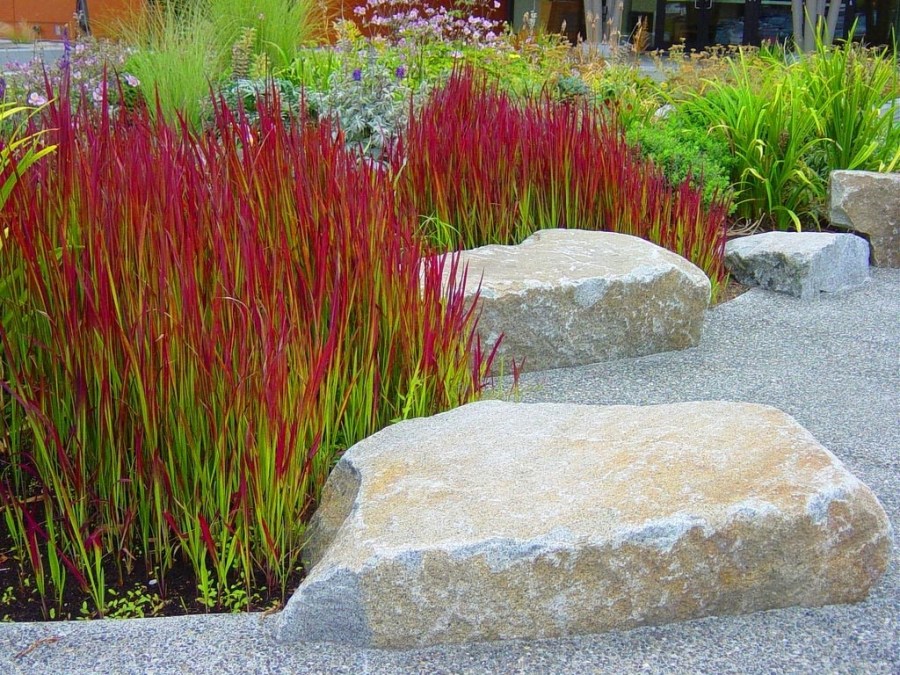
Decorative plaster bark beetle - how to apply plaster (110 photos)
Bridges for a summer residence: 90 photos of the rules for decorating a decorative pond or stream
Front stucco molding - the main varieties of the facade home decor (100 photos of new products)
Motion sensor to turn on the light - 115 photos and selection recommendations
Join the discussion:

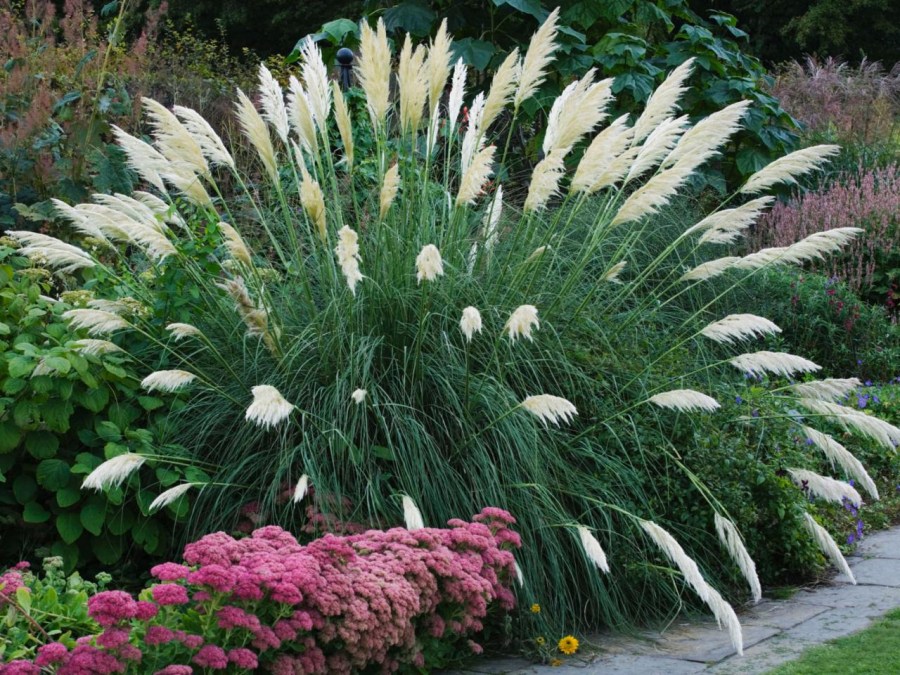
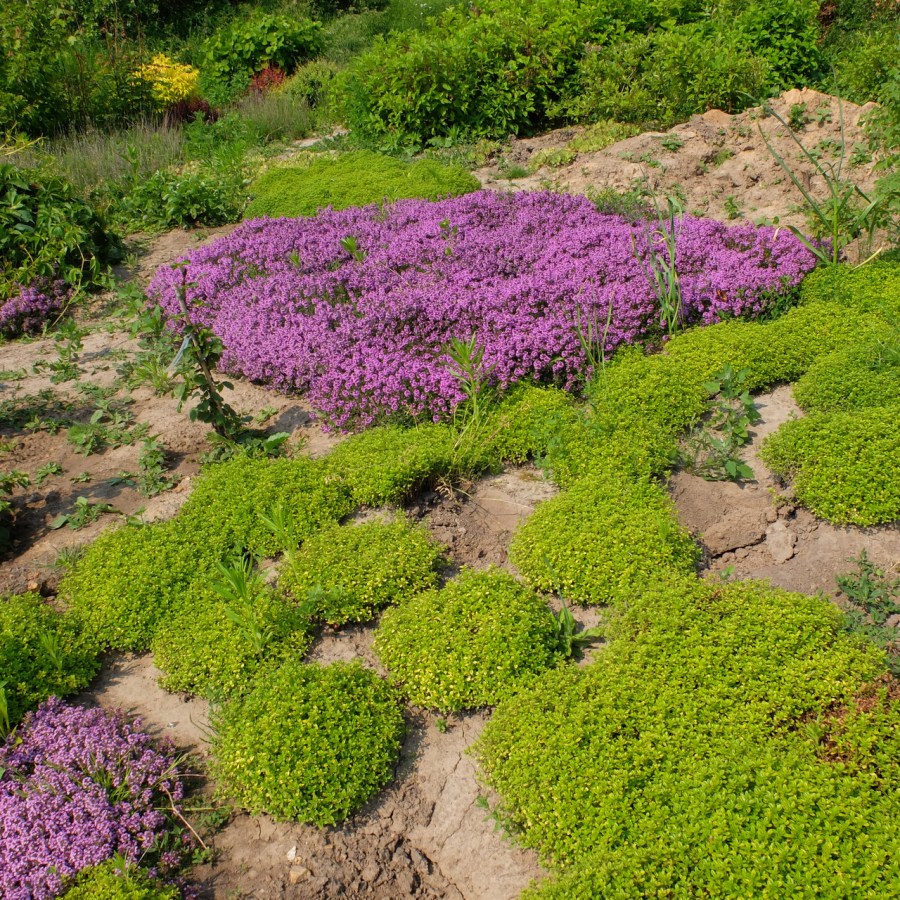

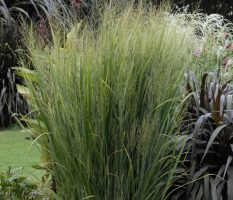
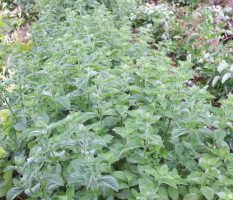
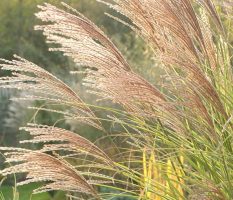
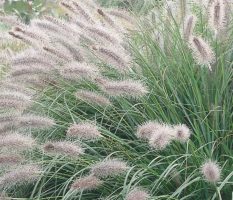
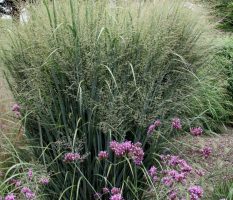
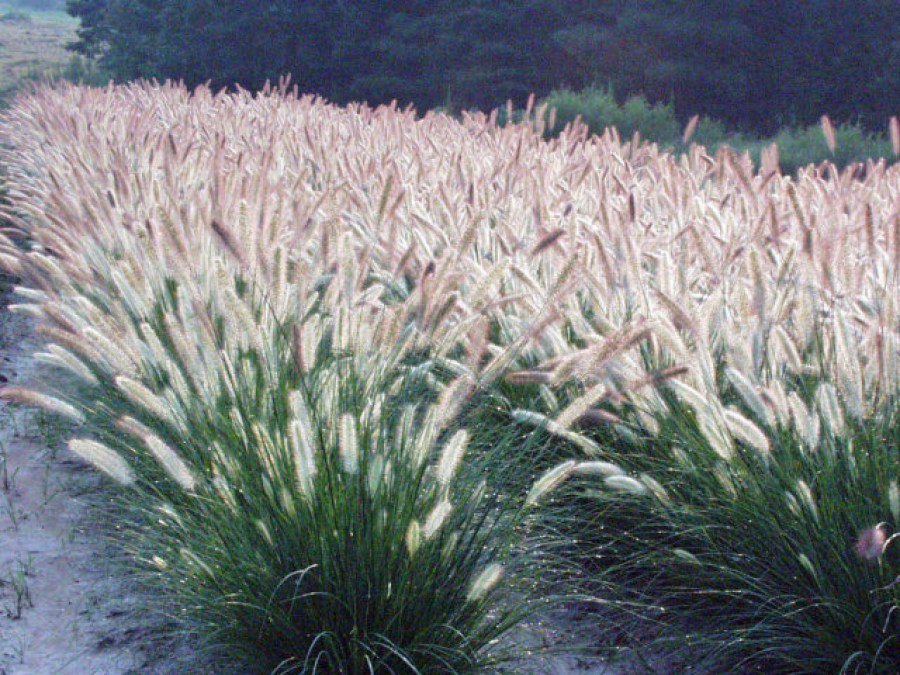
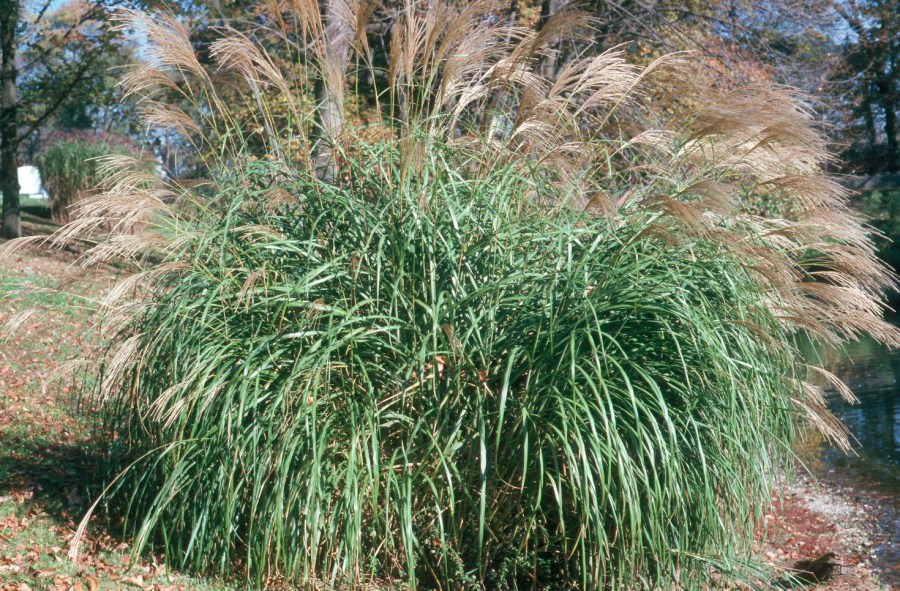
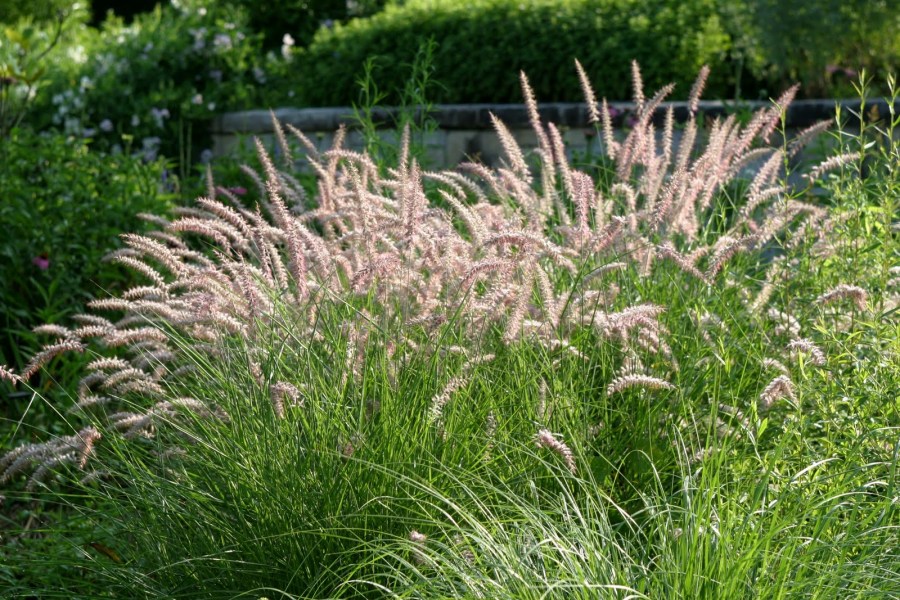


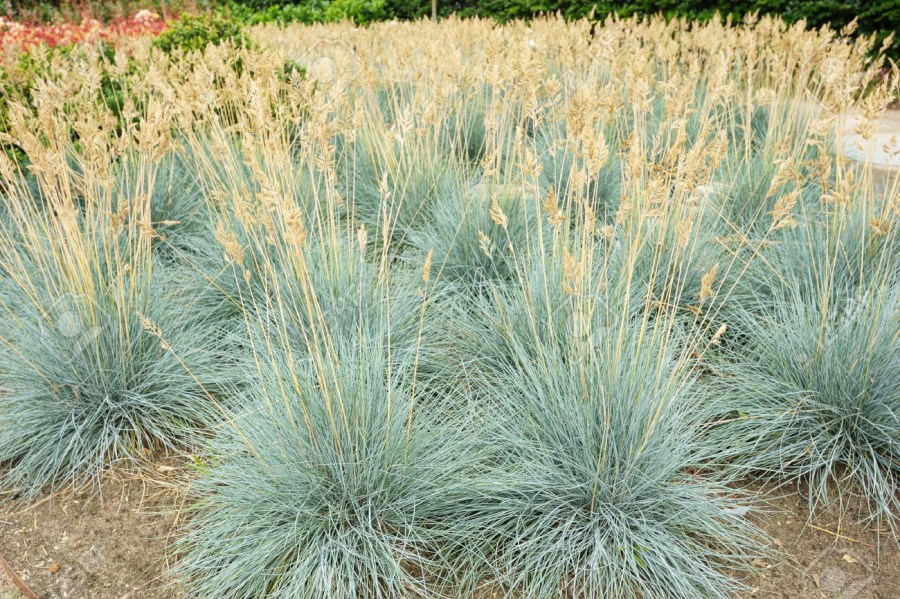
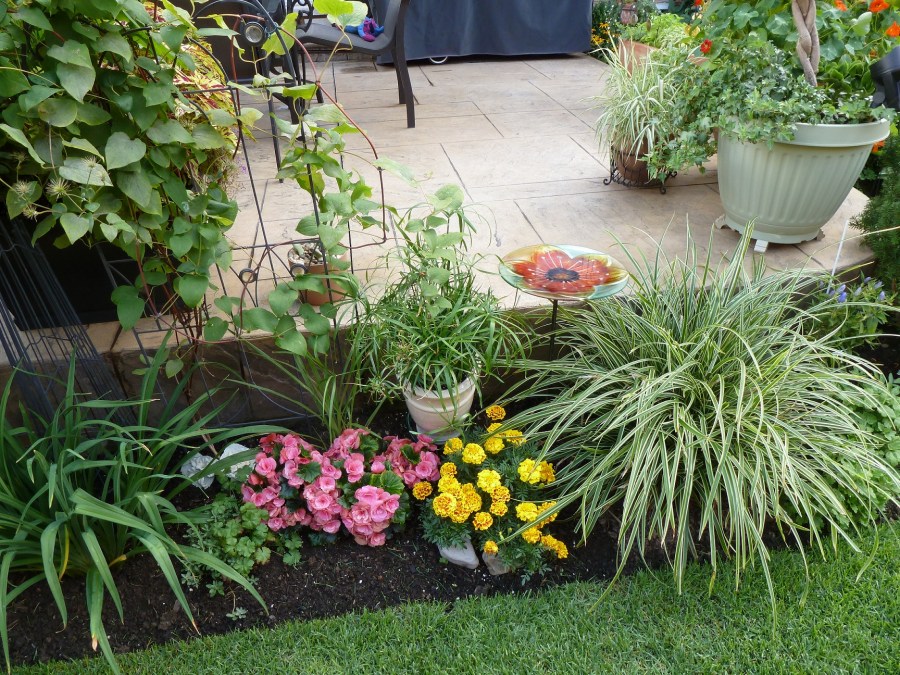
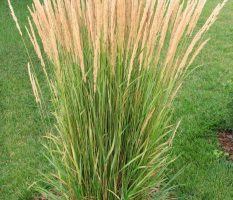

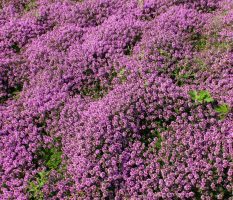
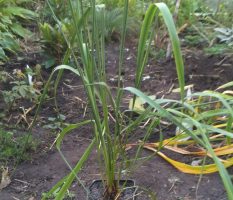
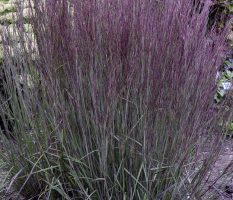

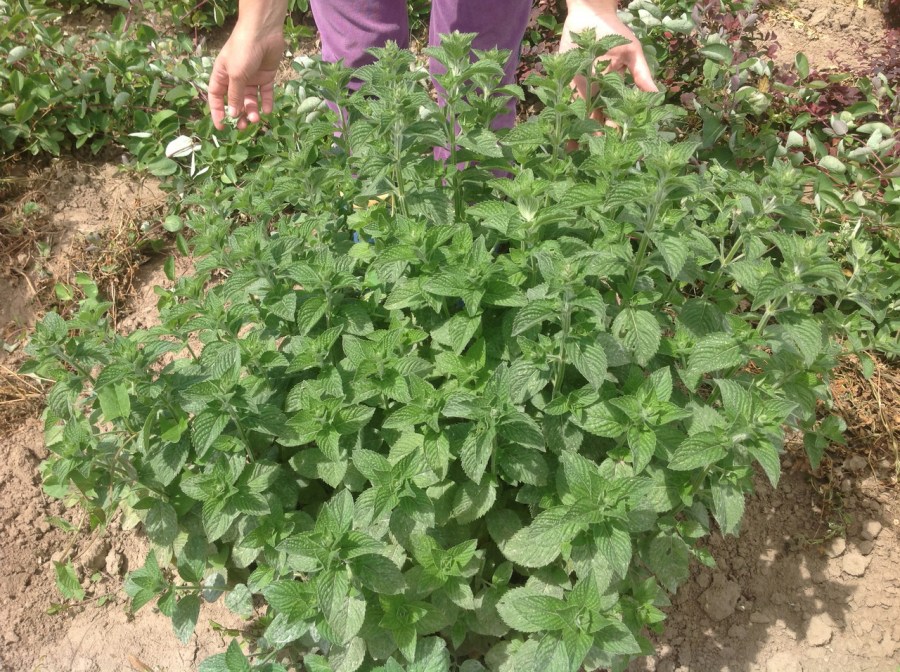
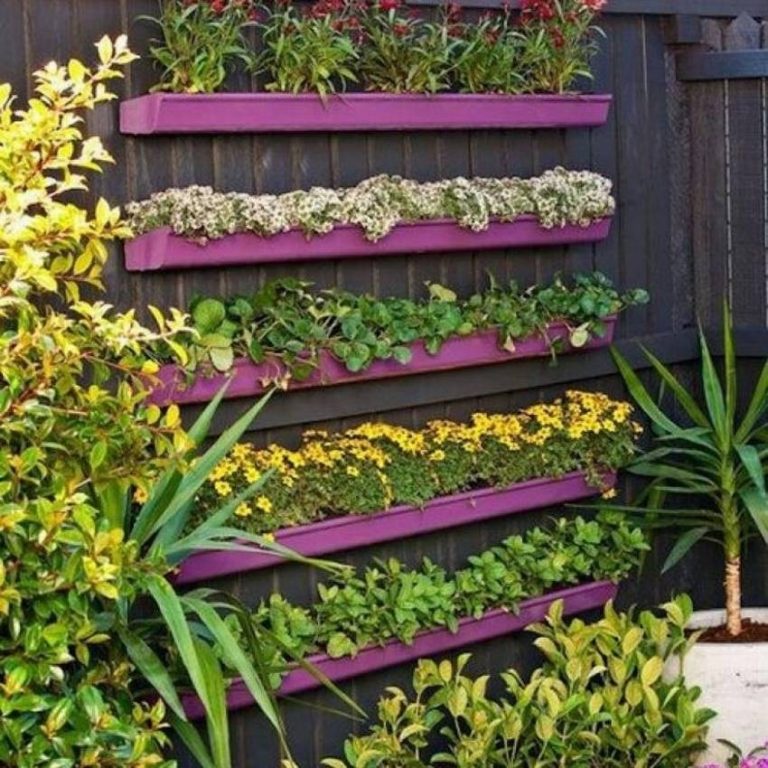
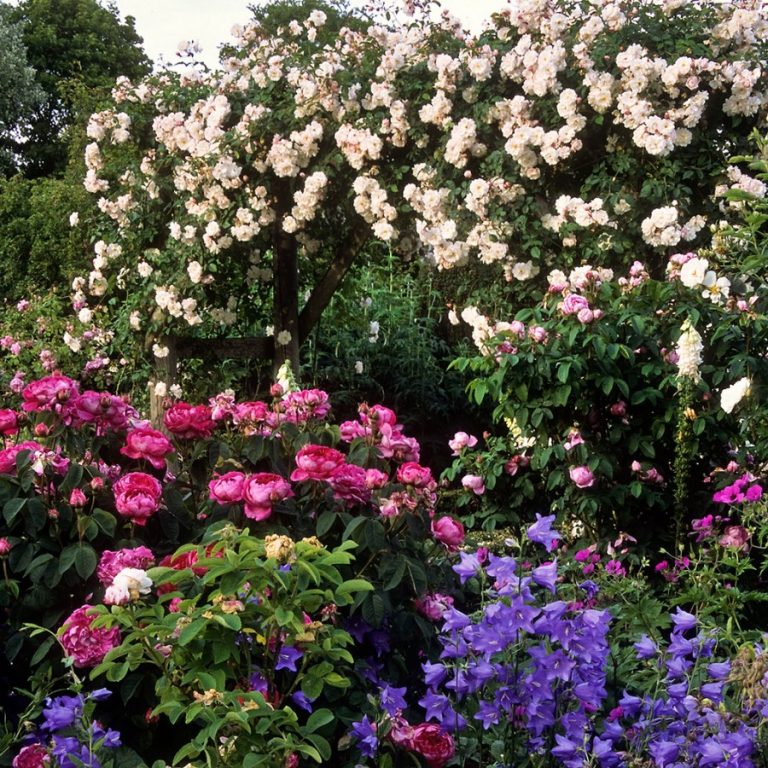
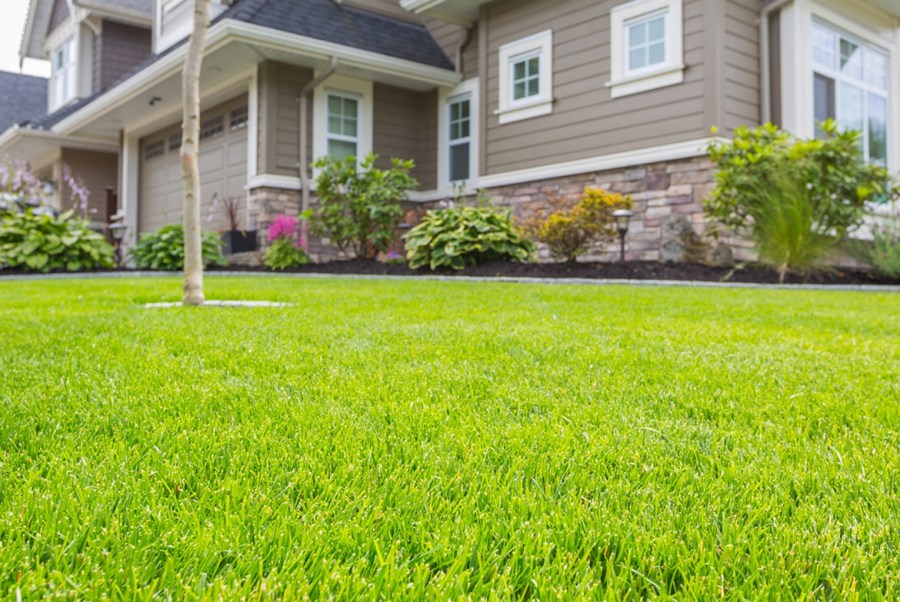
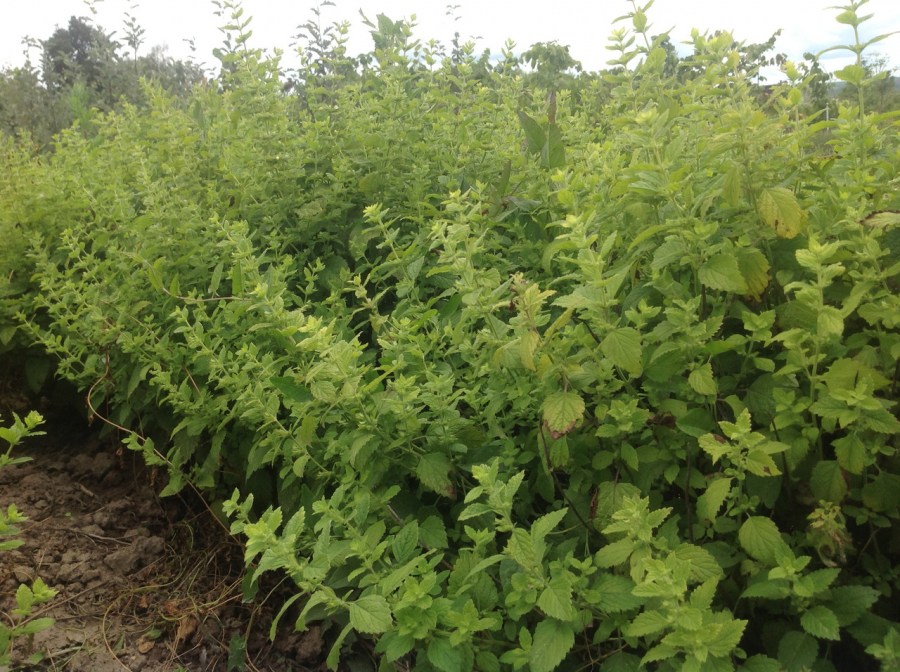

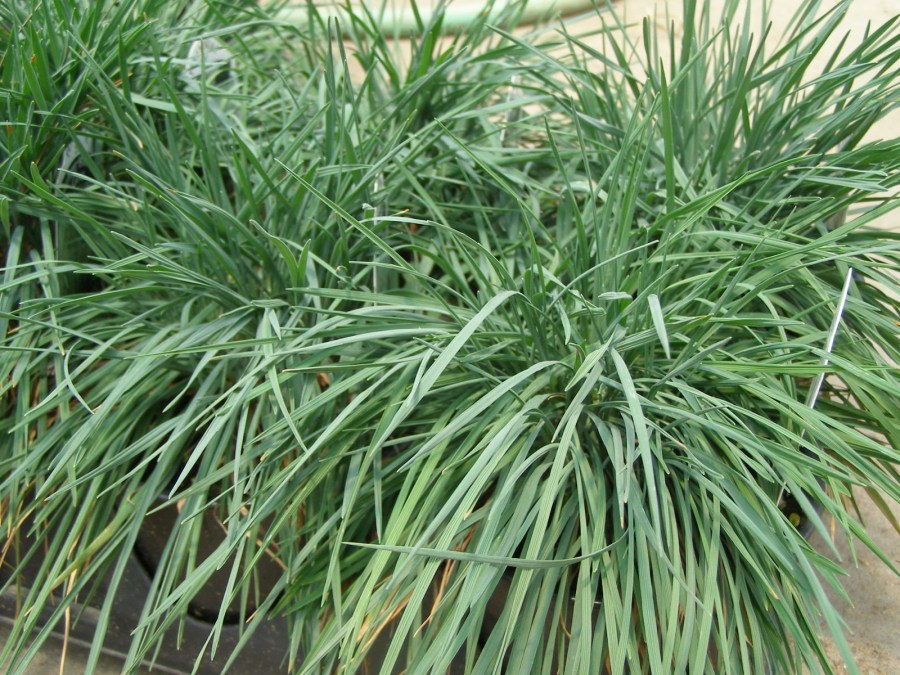

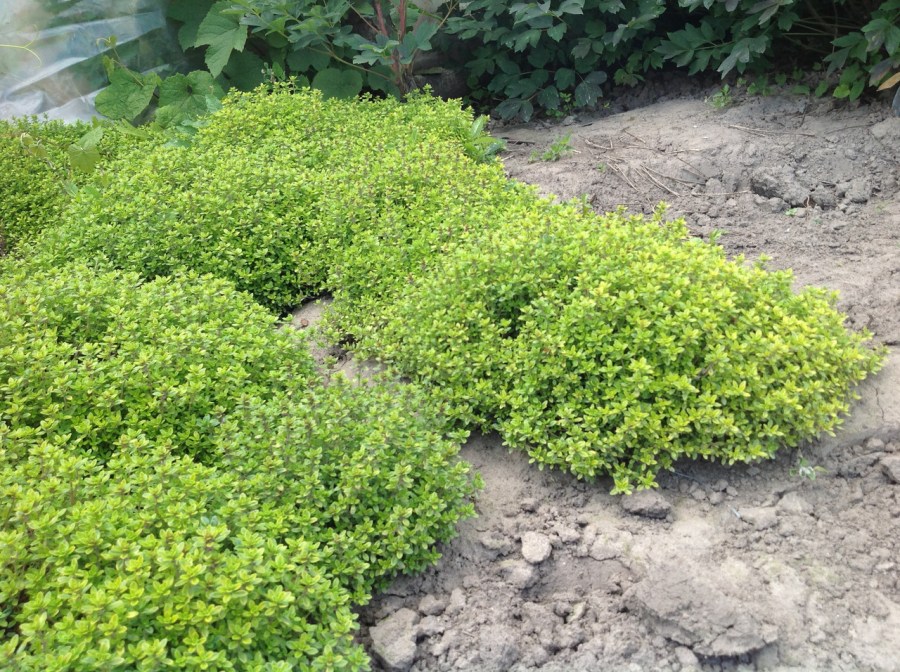
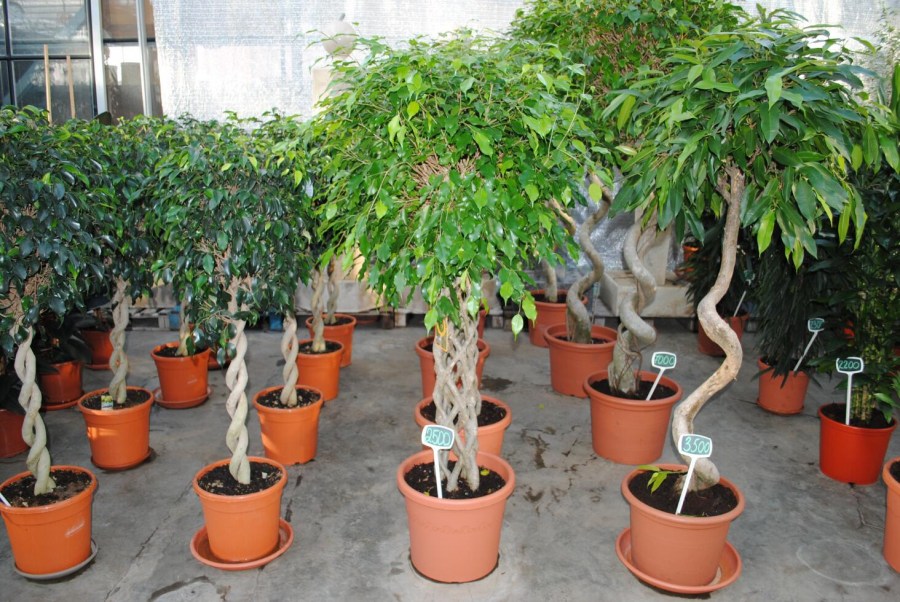


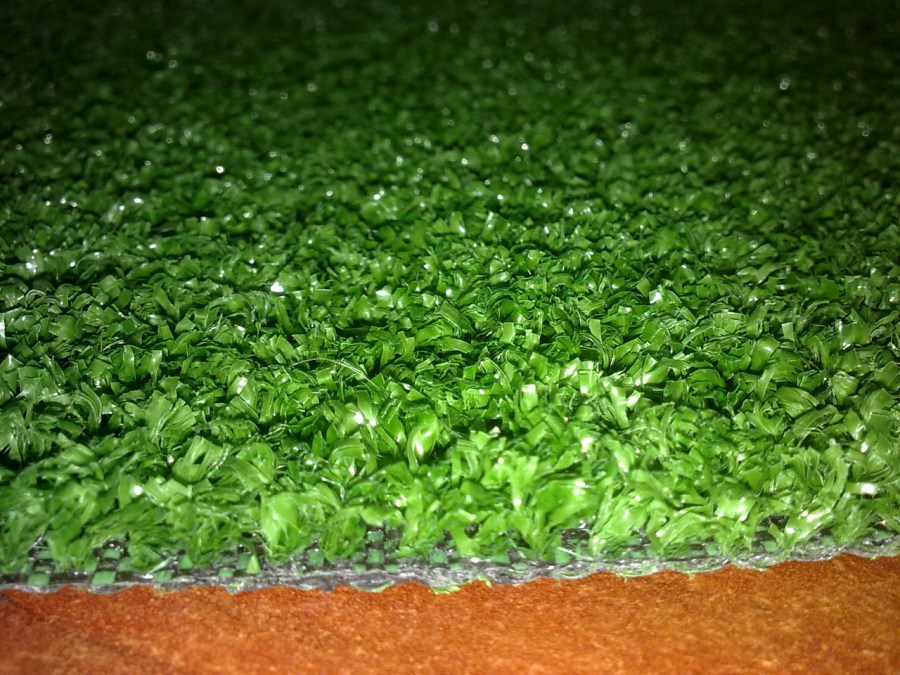
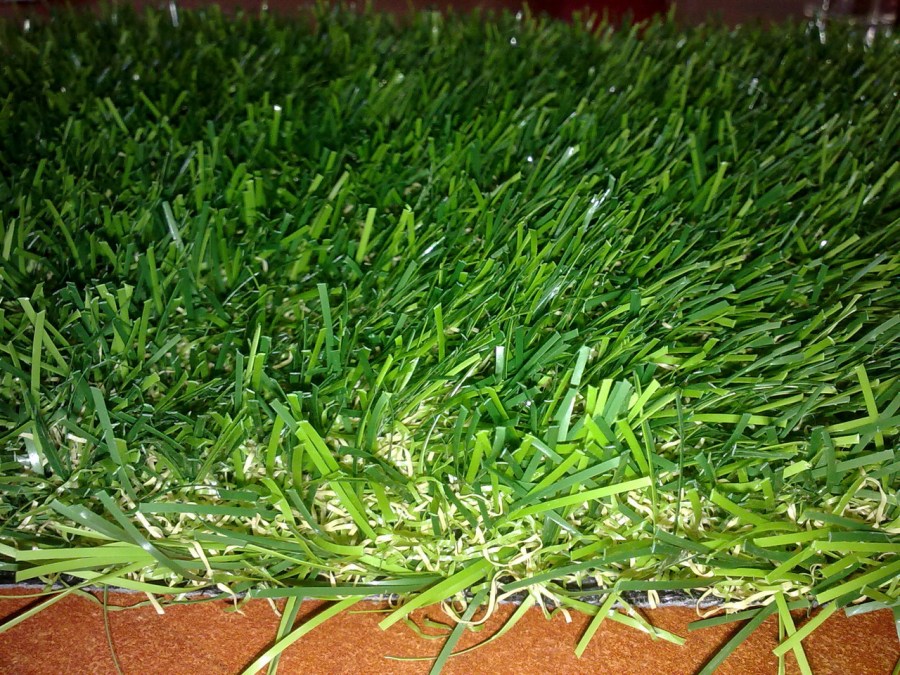
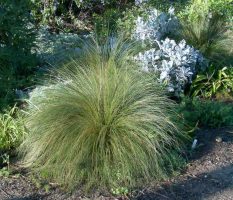
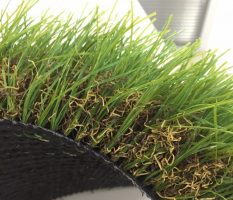
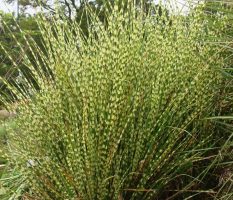

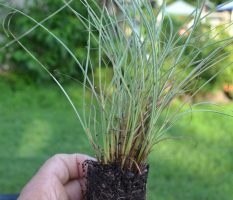




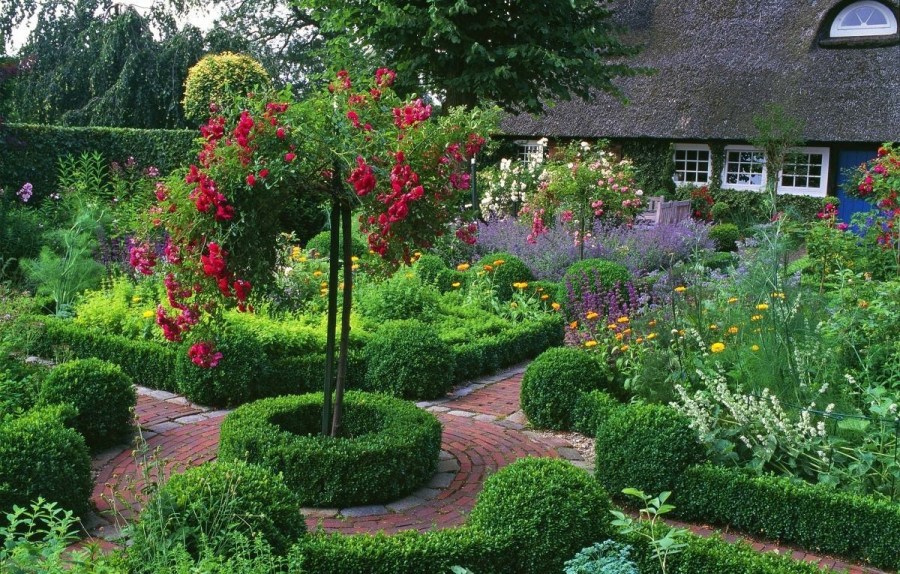
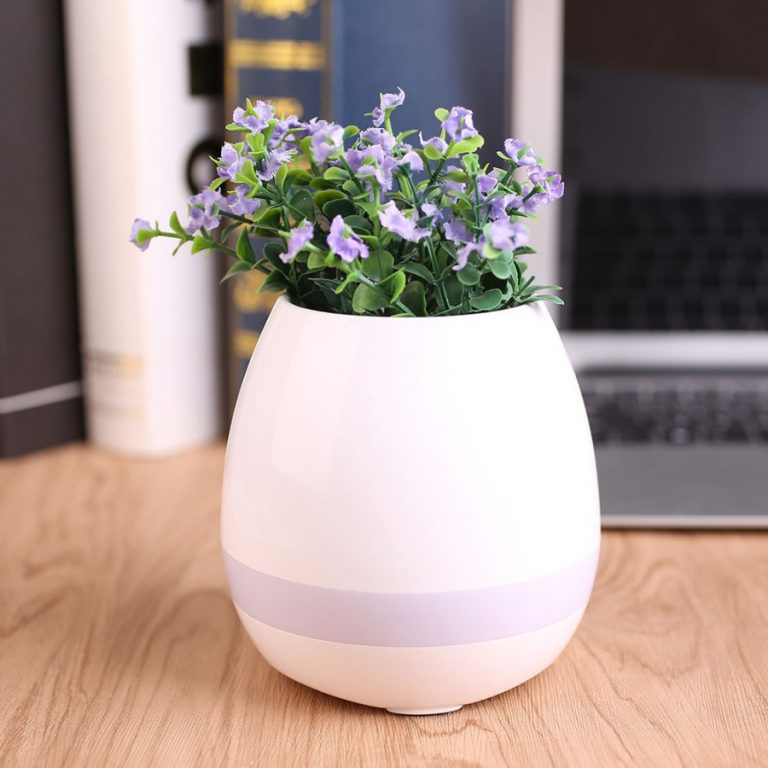
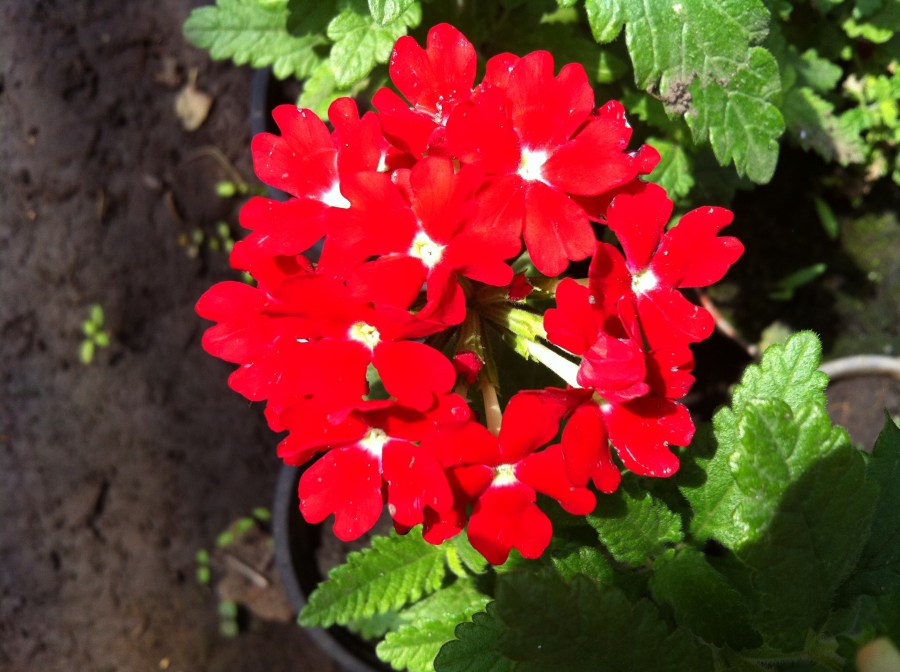
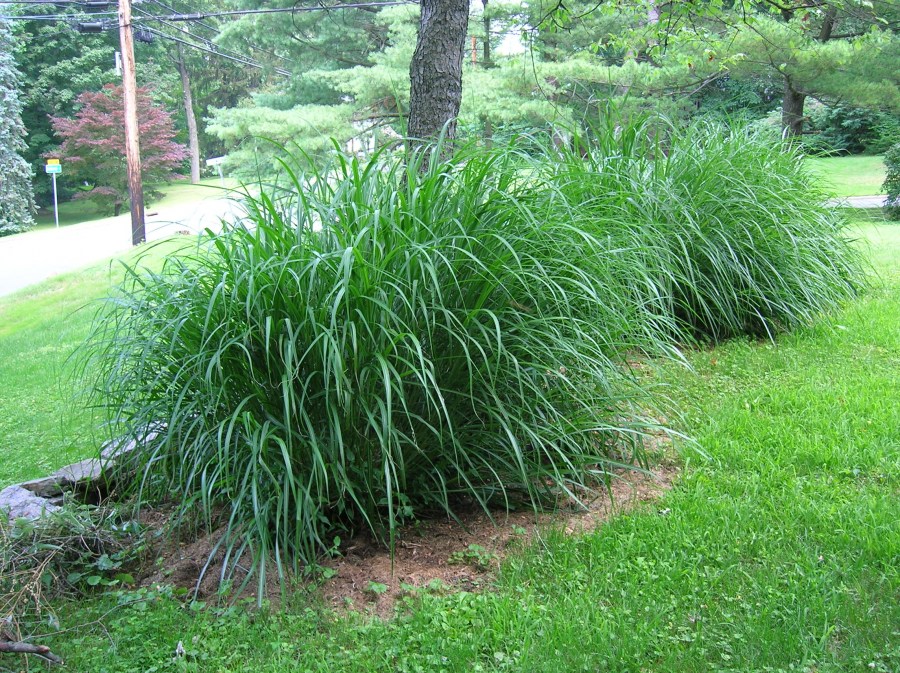

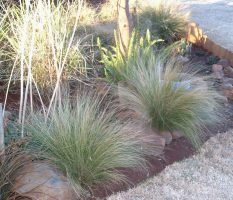
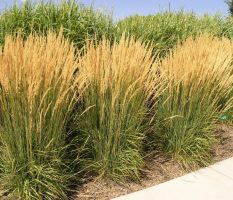
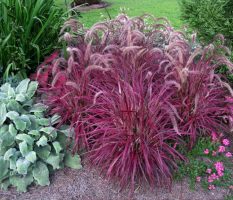
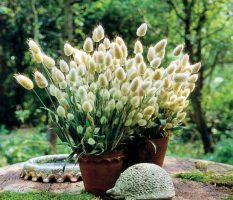
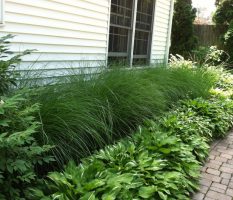
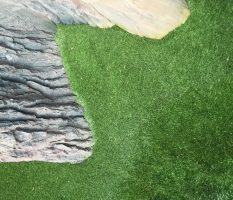

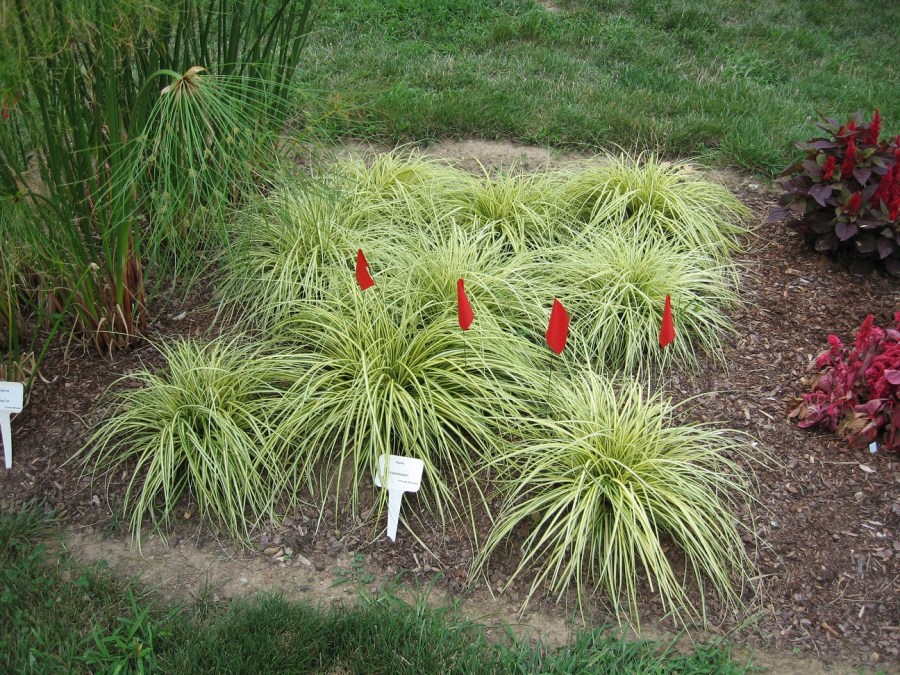
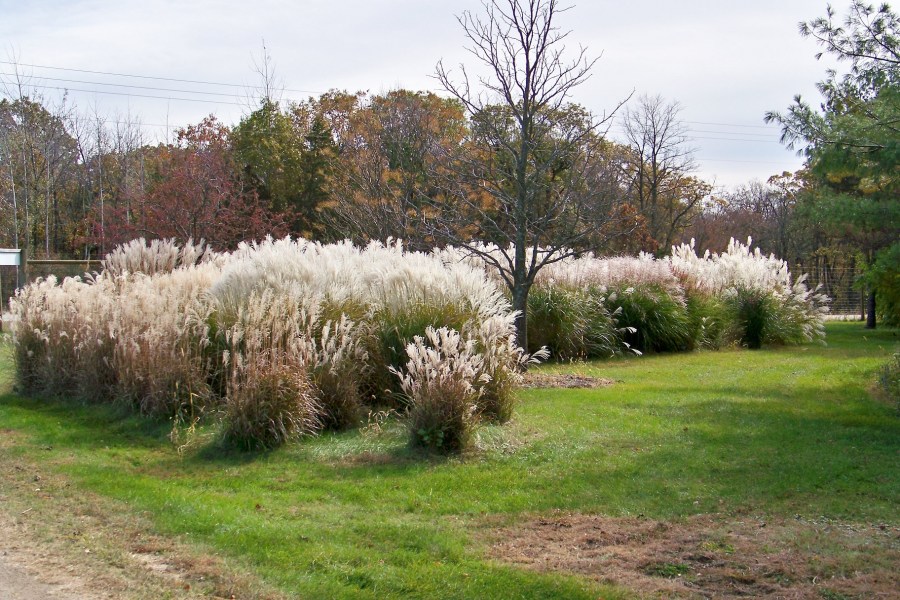

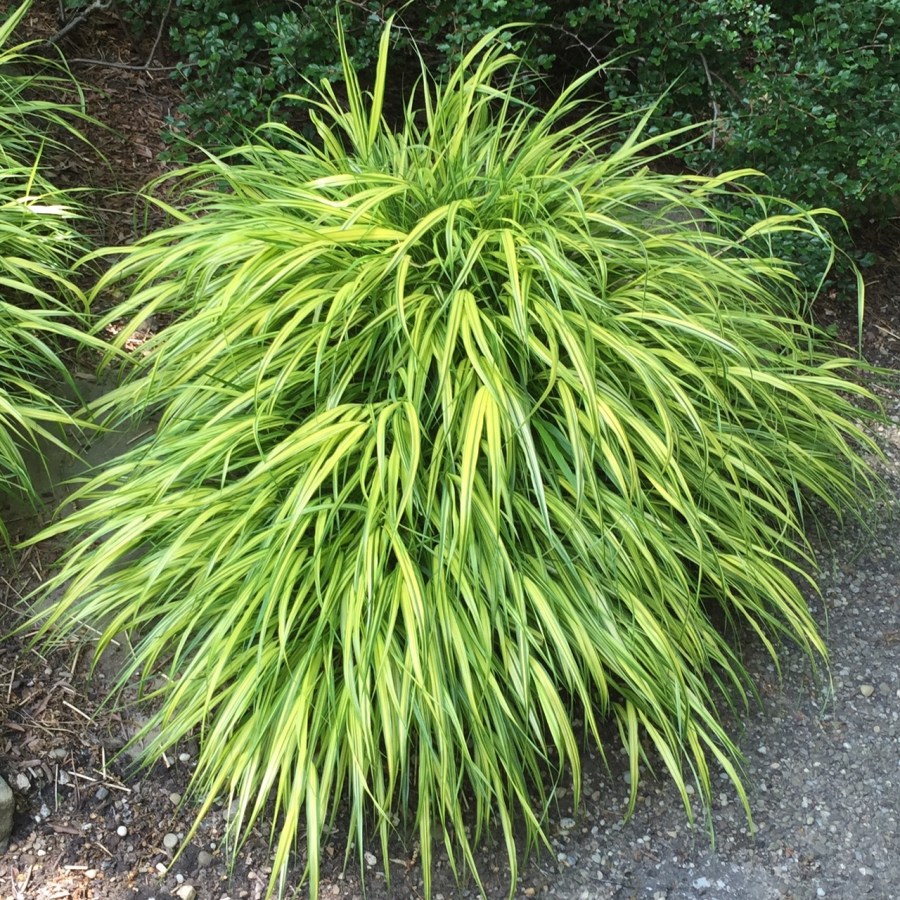


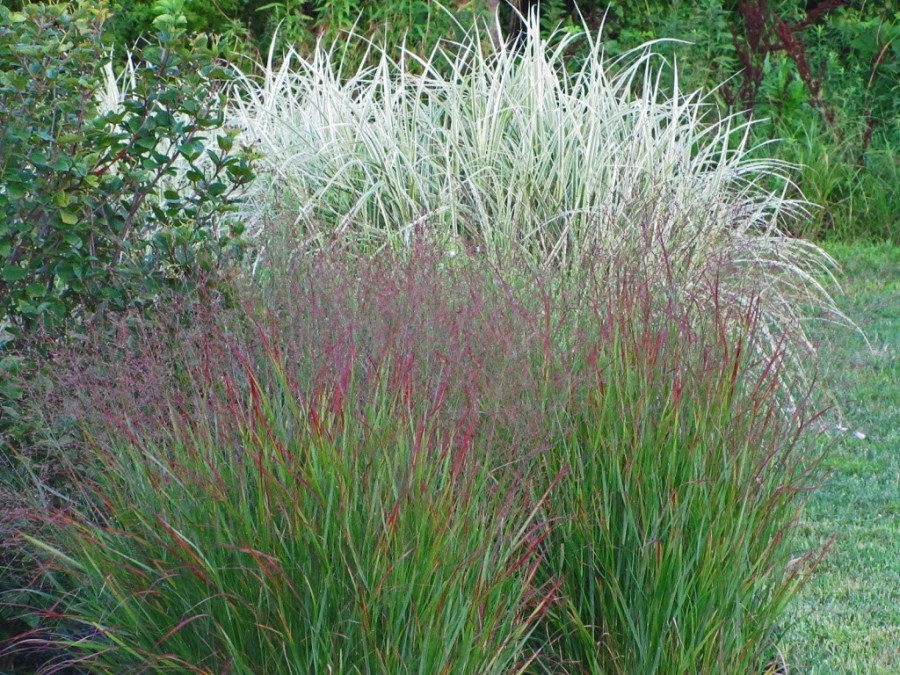
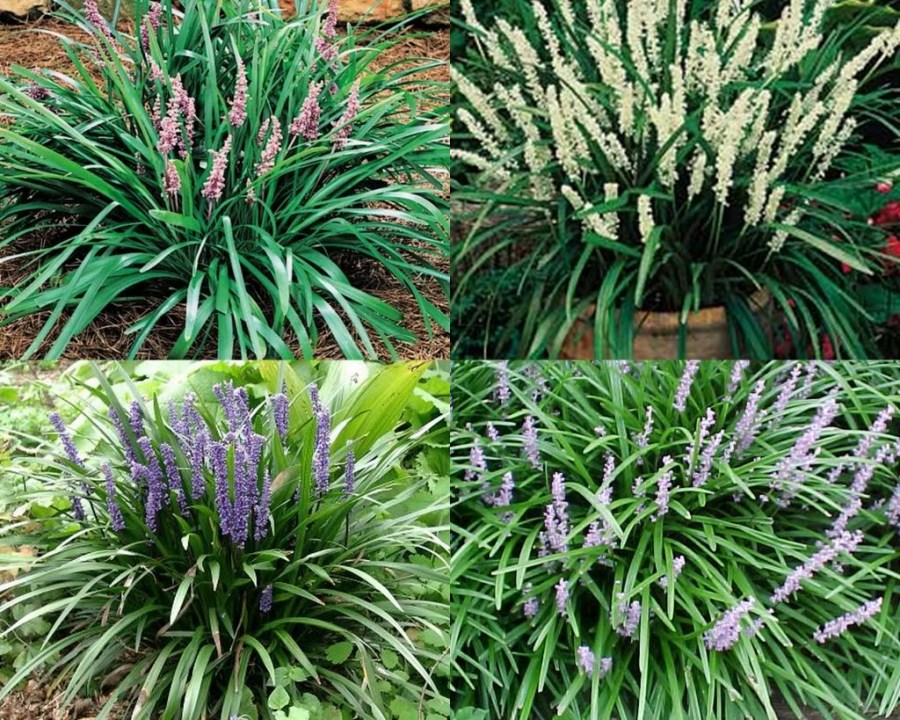
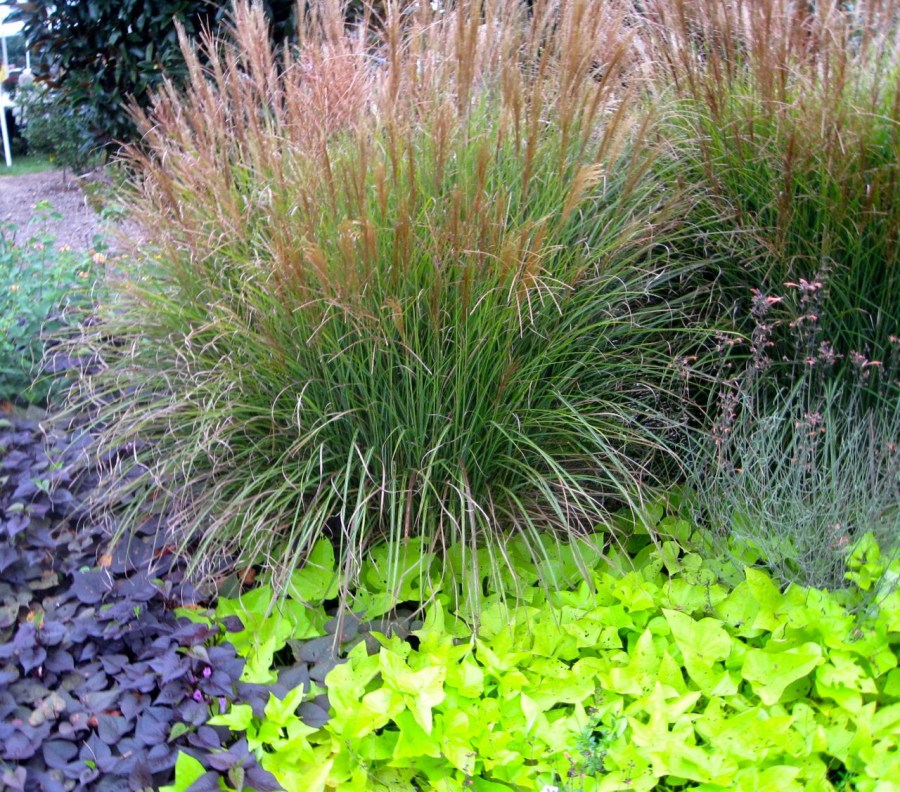
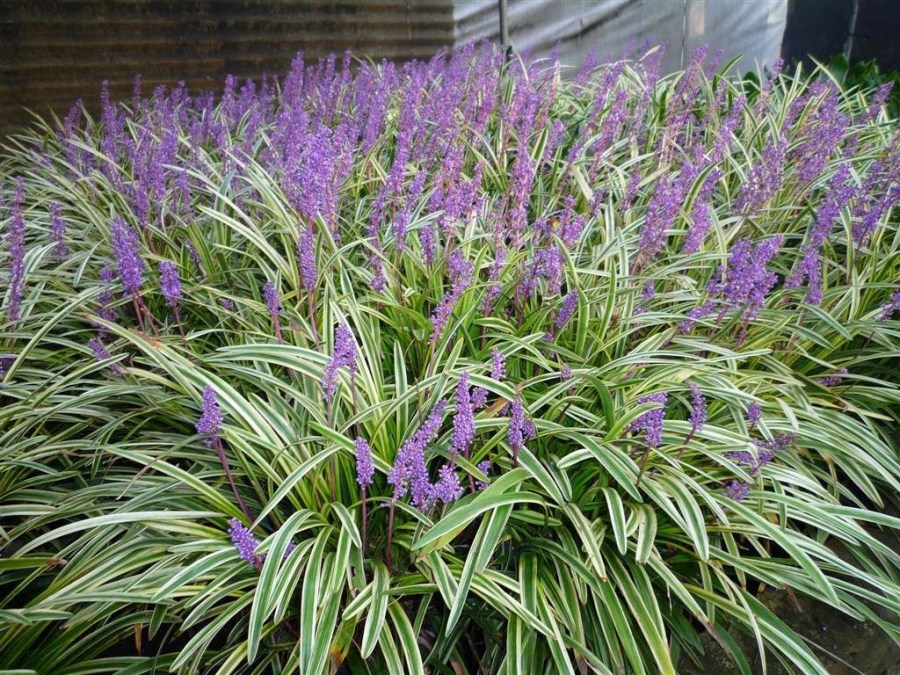

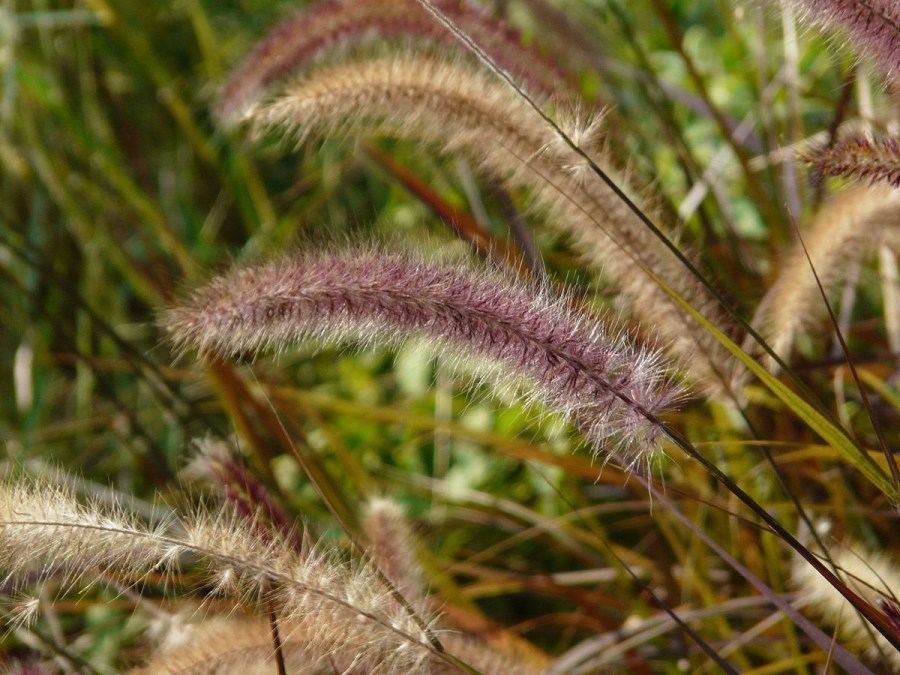
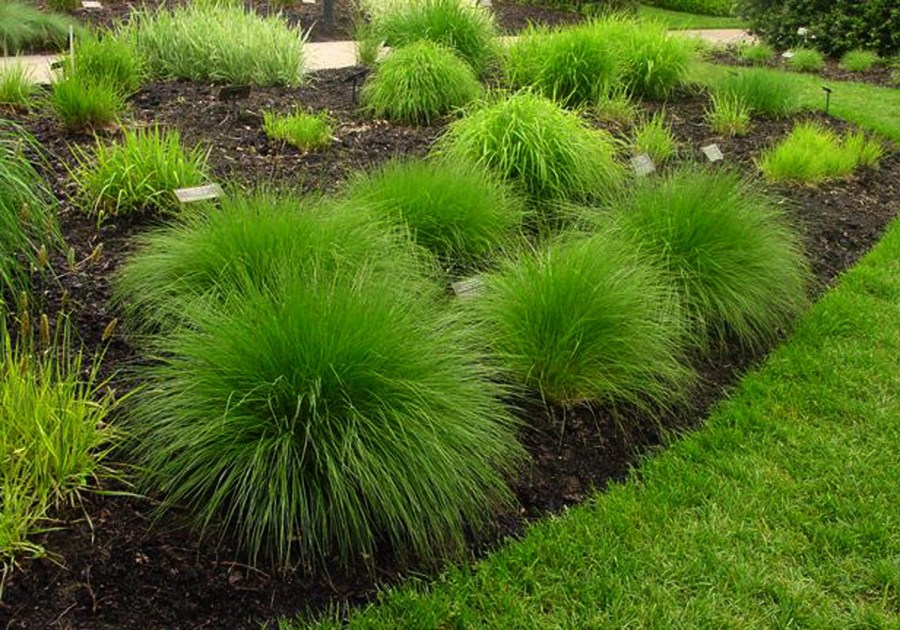
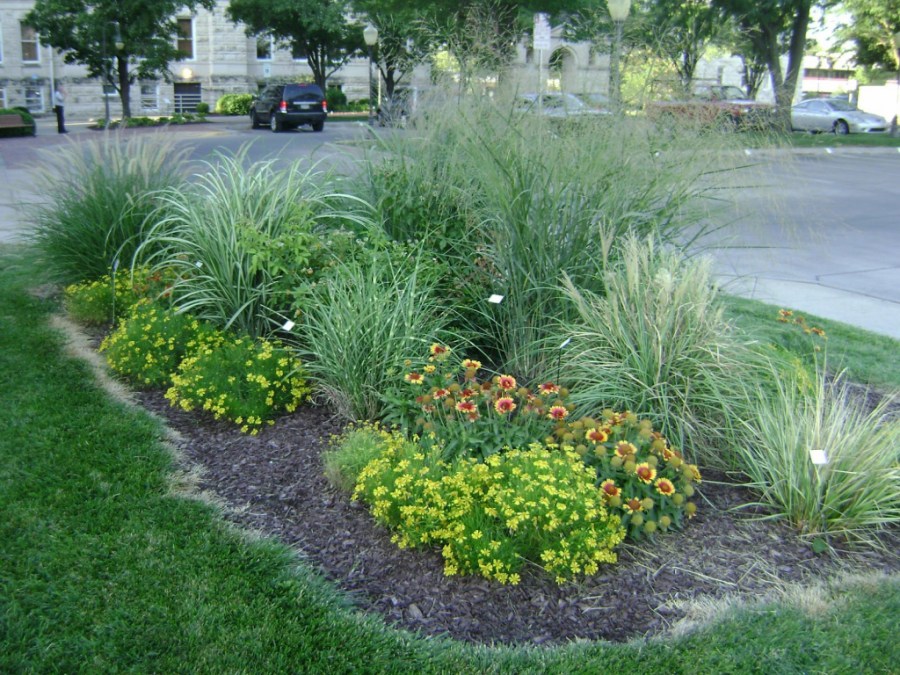

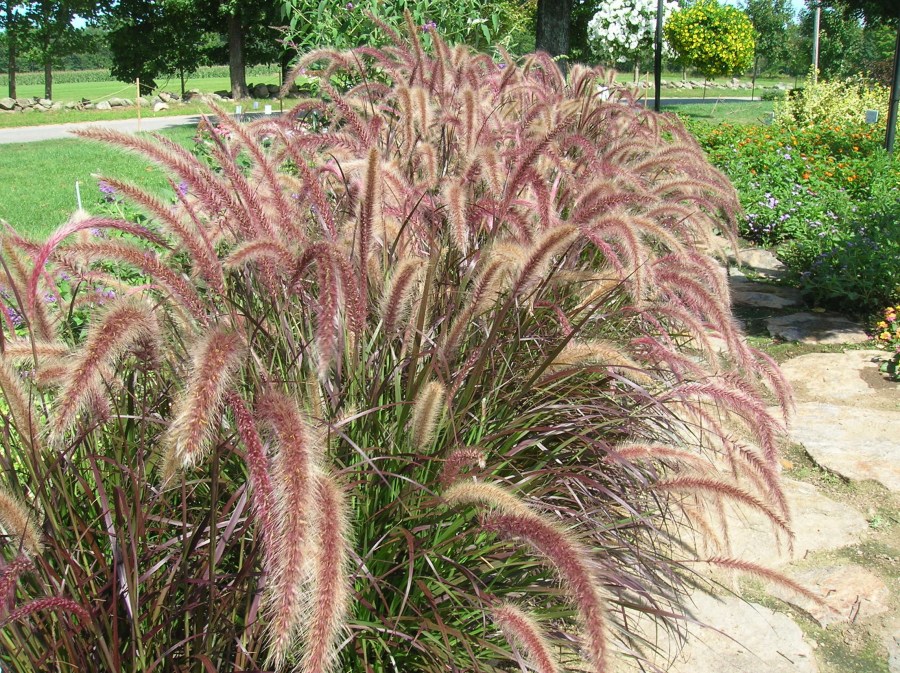


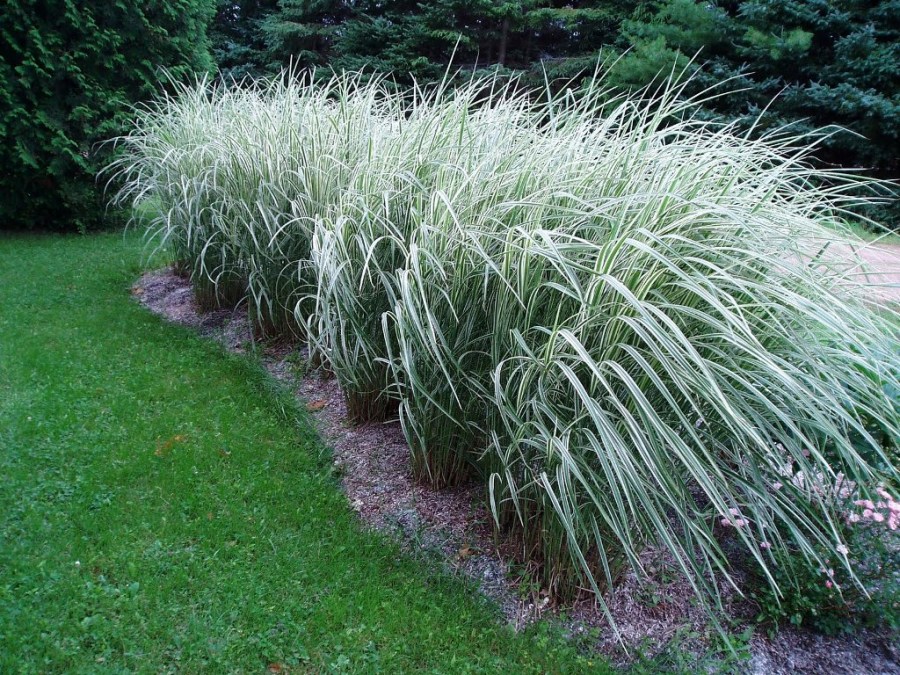
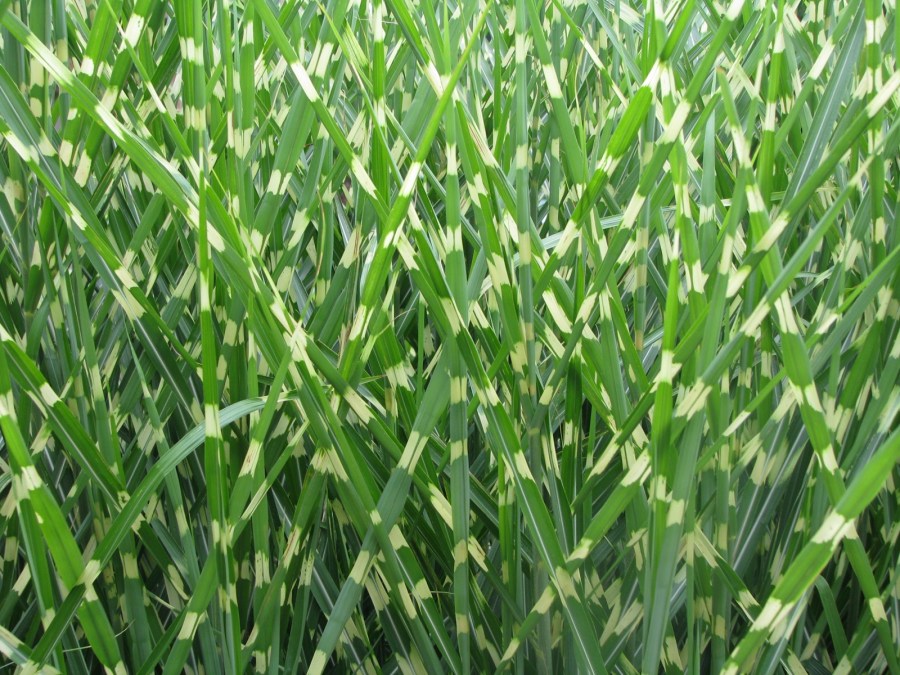
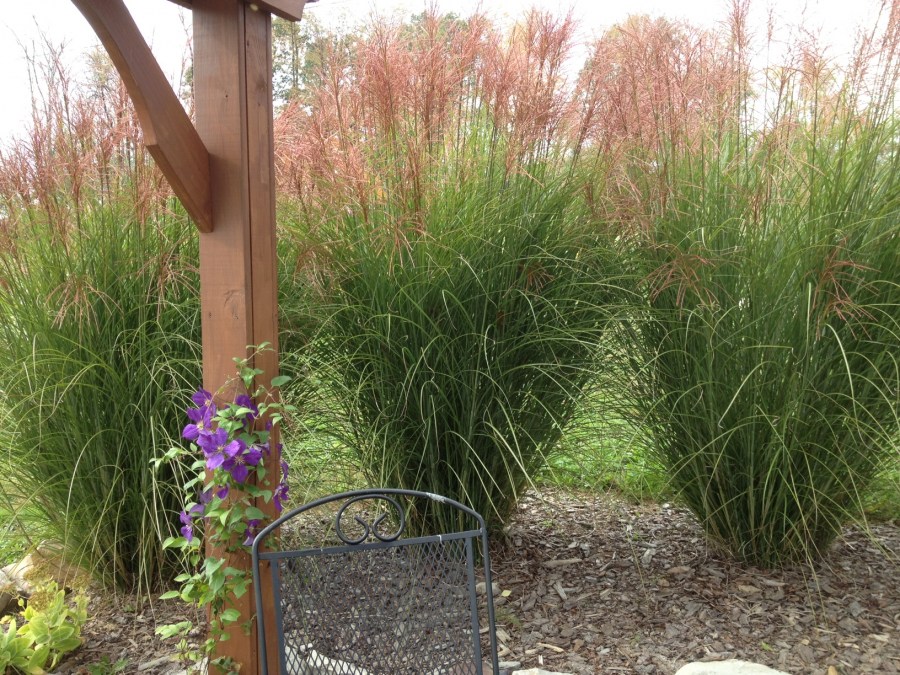
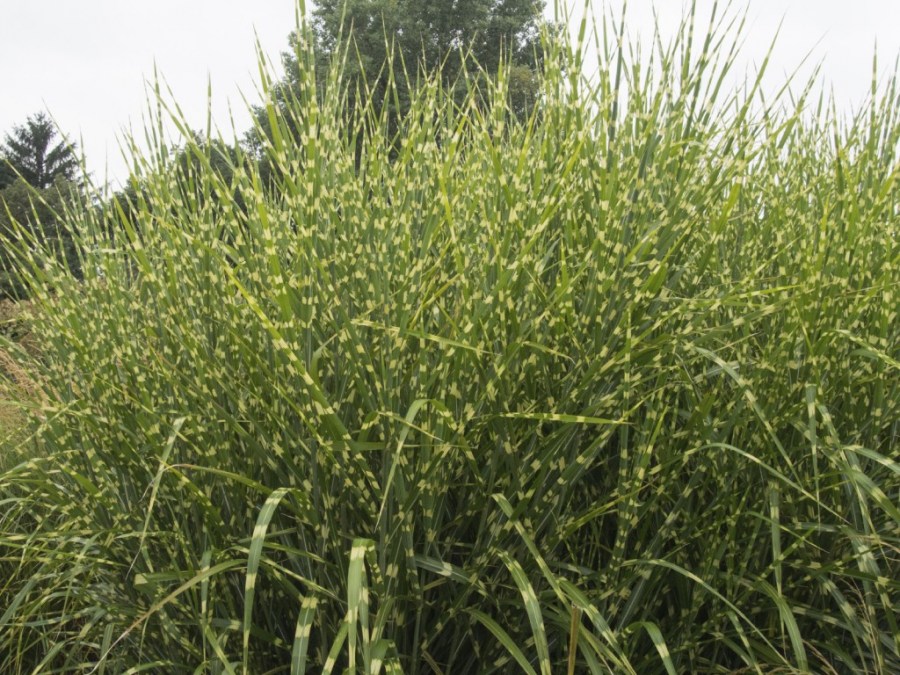
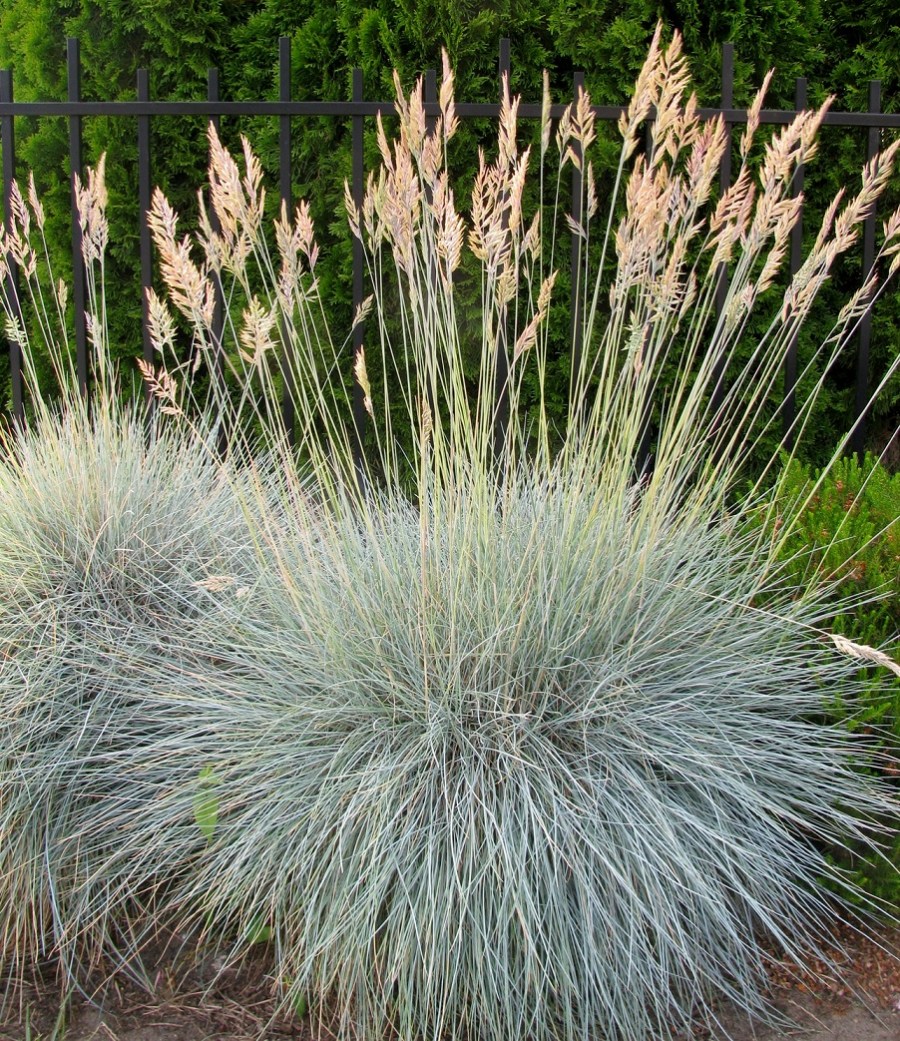
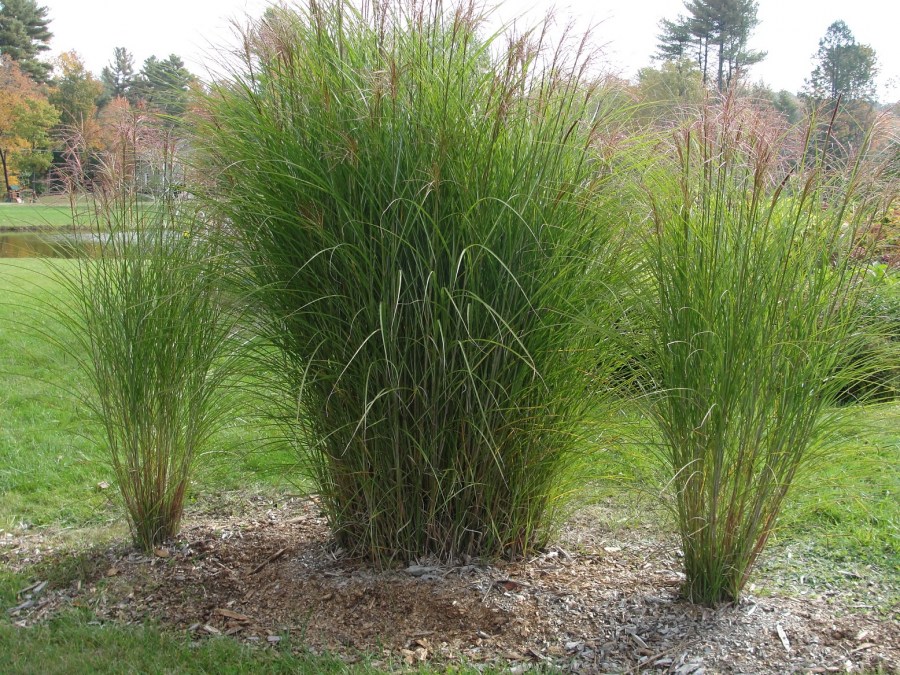
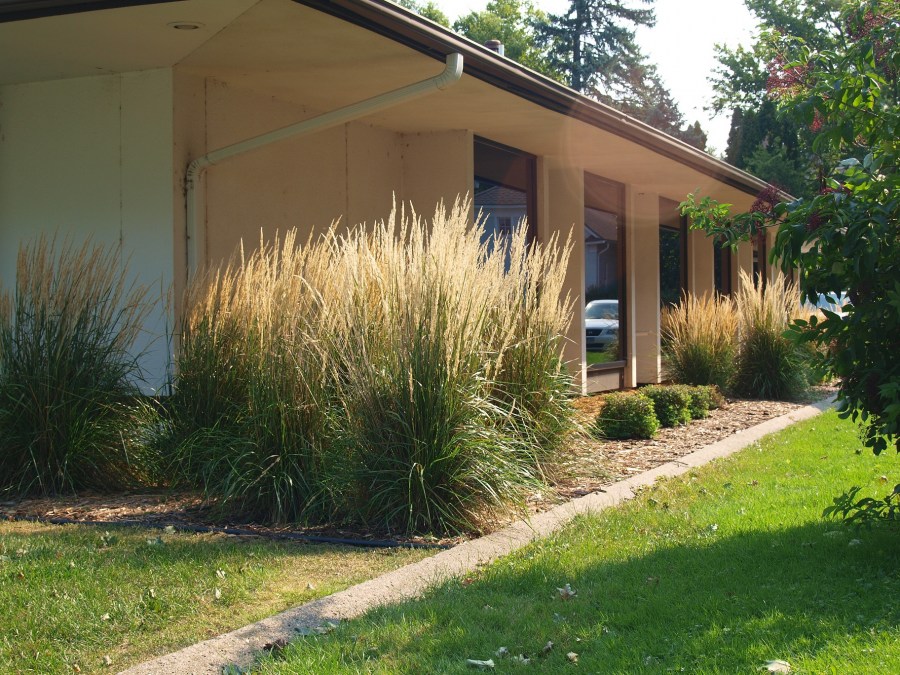
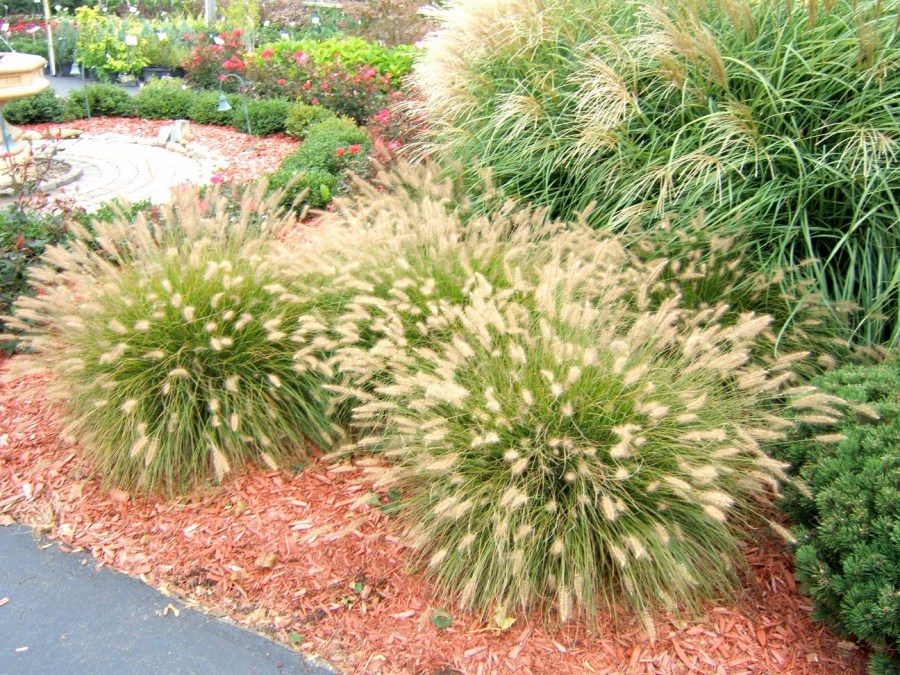
I inherited a summer residence, a small but cozy house. The yard is overgrown and my wife and I are thinking of making our paradise from the cottage. Put a gazebo in the yard, plant everything around with decorative grass and hang a hammock. I really liked many of the above options, but I would most likely give preference to a hare tail, a maceater, and shaggy pinnate. Very cool plants, perhaps it is with them that we will plant our lawn.
Last year, on our territory, the management company designed lawns: in the middle there were flower beds and decorative grass around the edges. And when all this, so to speak, came into force, it turned out to be so beautiful. There are only 4 houses in our microdistrict so far, and the territory of all these houses has been colorfully decorated in such a way - it’s very comfortable, a real paradise not only for children but also for adults ...